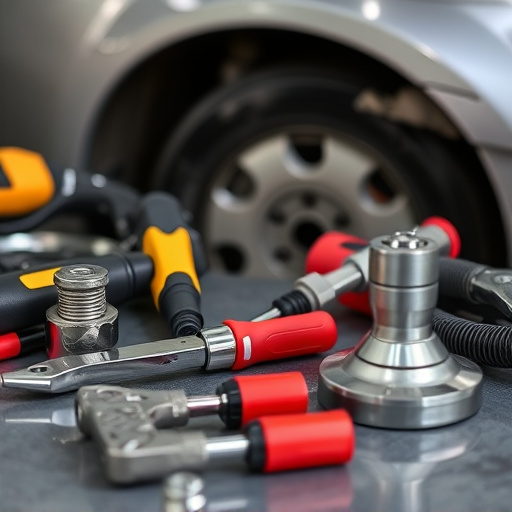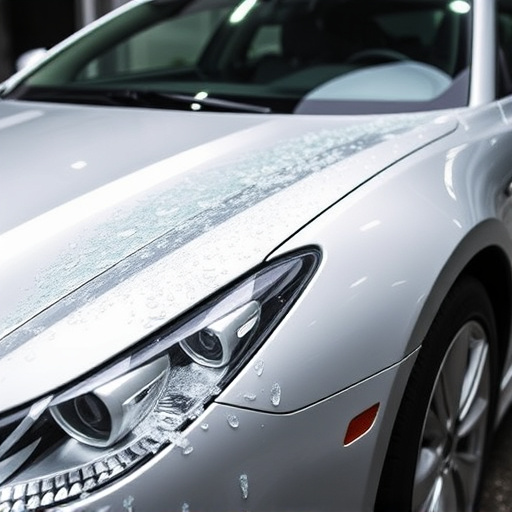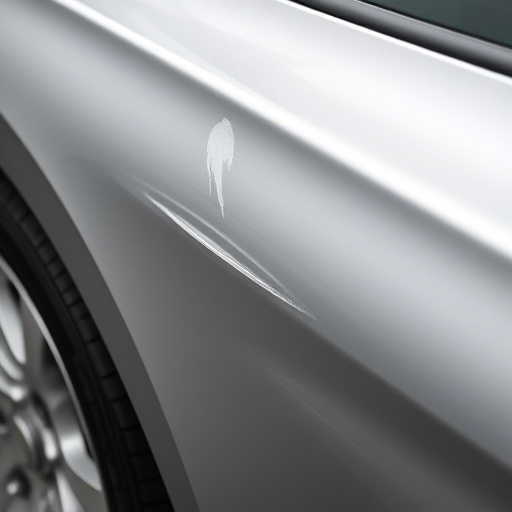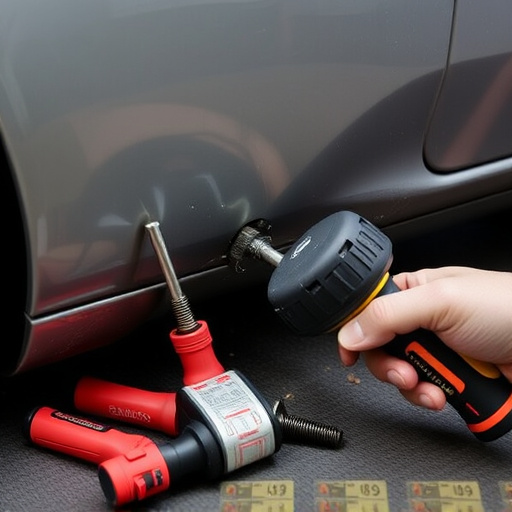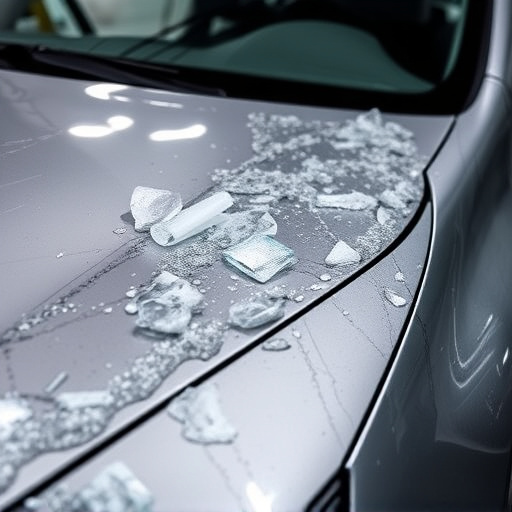After a vehicle collision, seat repair goes beyond visible mending. It involves assessing structural integrity, especially seat frames, for safety and functionality. Prompt action and professional expertise are crucial for insurance claims, ensuring safety features are restored and maintained. Effective communication with insurers is vital, providing detailed damage descriptions and keeping comprehensive records for a streamlined claims process that prioritizes both vehicle safety and fair settlements.
“Seat repair after a collision is a critical step in the insurance claims process, often with significant implications. This article delves into the intricate relationship between seat repair and insurance claims, guiding you through the complexities. We explore how understanding collision damage affects repairs and subsequently, the claim’s outcome.
From the impact on costs to the potential for efficient communication with insurers, our guide highlights key considerations. By understanding these dynamics, policyholders can navigate the process with confidence, ensuring a smoother journey towards vehicle restoration.”
- Understanding Seat Repair and Collision Damage
- The Impact on Insurance Claims: Process and Considerations
- Effective Communication with Insurers for Efficient Repairs
Understanding Seat Repair and Collision Damage
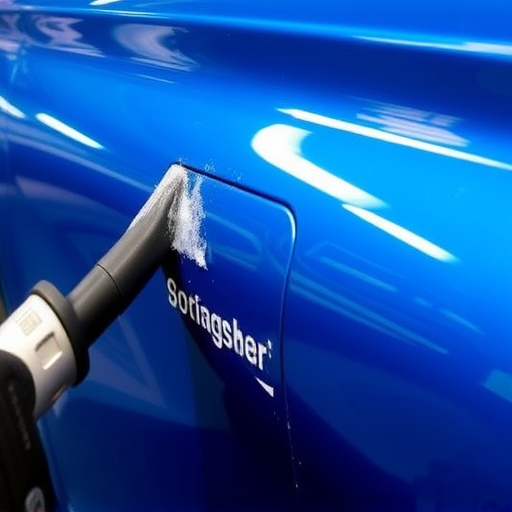
When a vehicle is involved in a collision, various components can sustain damage, and one of the key areas that often requires attention is the seat repair process. Seat repair, specifically for collision damage, involves the meticulous task of restoring seats to their pre-accident condition. This process is crucial as it ensures not only the safety of future occupants but also plays a significant role in insurance claims. Collision damage can range from visible tears and rips in the upholstery to structural issues with the seat frames, requiring specialized auto dent repair for more severe cases.
Understanding the extent of seat repair collision damage involves recognizing that it is not merely about fixing the surface. Automotive repair experts need to assess if the framework and mechanisms supporting the seats are intact. Regular auto maintenance practices may prevent some of these issues, but in the event of a collision, prompt action and professional expertise are essential for effective repairs. This ensures that the vehicle’s safety features and overall functionality remain intact, which is vital when dealing with insurance claims and ensuring driver and passenger safety.
The Impact on Insurance Claims: Process and Considerations

When dealing with seat repair due to collision damage, insurance claims undergo a meticulous process that requires careful consideration. The impact on the claim extends beyond the visible repairs needed for vehicle restoration; it involves assessing the extent of harm and understanding the safety implications. Seat belts, airbags, and other safety features are crucial components of a vehicle’s structure, and any damage or malfunction can significantly affect the claim’s outcome.
Insurance providers will carefully evaluate the collision’s impact on these systems, often involving specialized collision repair services. Vehicle paint repair might be necessary to match the original finish, but the primary focus is ensuring structural integrity and safety. Proper documentation of the repairs, including parts replaced and safety system assessments, is essential for a smooth insurance claim process. This ensures that all considerations related to seat repair and collision damage are addressed, leading to a fair settlement.
Effective Communication with Insurers for Efficient Repairs
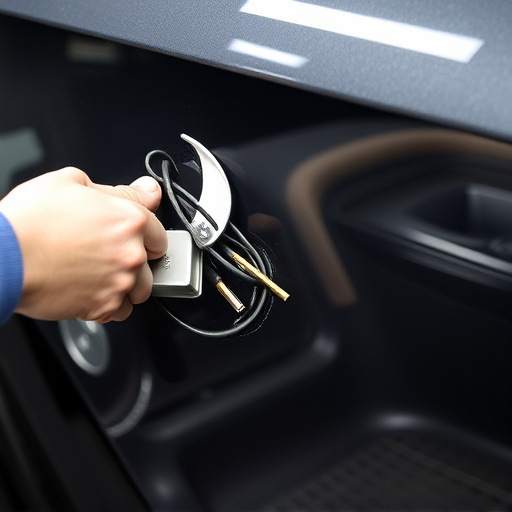
Effective communication is key when dealing with insurance claims for seat repair after a collision. When reporting the incident to your insurer, provide clear and detailed information about the damage, including any visible marks, tears, or dislodged parts in the vehicle’s seating area. This helps the insurance company assess the extent of the damage accurately. Additionally, keep records of all communications, including phone calls, emails, and any documentation provided by the auto collision center where the repairs will be done.
Clear communication ensures that the auto collision center understands your insurer’s requirements for documenting and repairing the seat repair collision damage. This cooperation can streamline the claims process, leading to faster and more efficient repairs. By maintaining open lines of communication, you can help ensure that your vehicle’s car bodywork is restored to pre-collision condition, enhancing safety and comfort without unnecessary delays or costs.
Seat repair after a collision is an essential aspect of ensuring vehicle safety and proper insurance claim management. By understanding the impact of collision damage on seats and implementing effective communication with insurers, car owners can streamline the repair process. This approach not only guarantees high-quality repairs but also facilitates a smoother, less stressful experience for all involved parties. When it comes to seat repair collision damage, proactive communication is key to achieving optimal outcomes.


